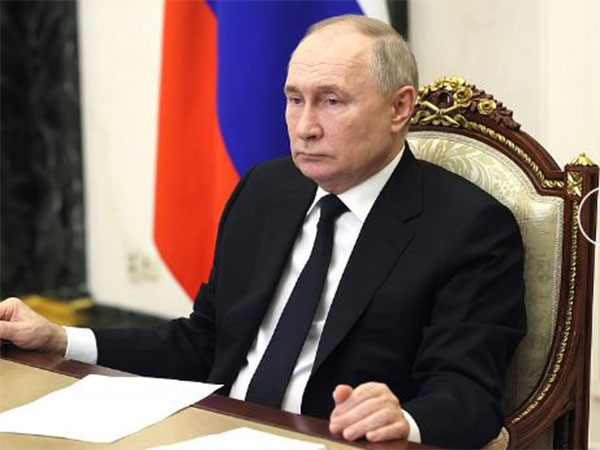
Experts believe Pakistan’s nuclear stockpile growing steadily

Islamabad [Pakistan], July 2 (ANI): Pakistan is developing a robust nuclear capability that can not only deter but fight a nuclear war but the problem is that it is also dealing with internal security issues that could threaten the integrity of its nuclear arsenal.
Moreover, it can lead to absurdly high nuclear stockpiles reminiscent of the Cold War, therefore an arms-control agreement for the subcontinent is desperately needed to stop the arms race.
Kyle Mizokami, a defense and national-security writer in an article in The National Interest said that the country is clearly developing a robust nuclear capability that can not only deter but fight a nuclear war.
A nuclear power for decades, Pakistan is now attempting to construct a nuclear triad of its own, making its nuclear arsenal resilient and capable of devastating retaliatory strikes.
Experts believe Pakistan’s nuclear stockpile is steadily growing. In 1998, the stockpile was estimated at five to twenty-five devices, depending on how much-enriched uranium each bomb required. Today Pakistan is estimated to have an arsenal of 110 to 130 nuclear bombs, wrote Kyle Mizokami.
In 2015 the Carnegie Endowment for International Peace and the Stimson Center estimated Pakistan’s bomb-making capability at twenty devices annually, which on top of the existing stockpile meant Pakistan could quickly become the third-largest nuclear power in the world. Other observers, however, believe Pakistan can only develop another forty to fifty warheads in the near future, reported The National Interest.
Pakistan currently has a nuclear “triad” of nuclear delivery systems based on land, in the air and at sea. Islamabad is believed to have modified American-built F-16A fighters and possibly French-made Mirage fighters to deliver nuclear bombs by 1995.
Land-based delivery systems are in the form of missiles, with many designs based on or influenced by Chinese and North Korean designs.
The Hatf series of mobile missiles includes the solid-fueled Hatf-III (180 miles), solid-fueled Hatf-IV (466 miles) and liquid-fueled Hatf V, (766 miles). The CSIS Missile Threat Initiative believes that as of 2014, Hatf VI (1242 miles) is likely in service.
Pakistan is also developing a Shaheen III intermediate-range missile capable of striking targets out to 1708 miles, in order to strike the Nicobar and Andaman Islands, reported The National Interest.
The sea component of Pakistan’s nuclear force consists of the Babur class of cruise missiles. The latest version, Babur-2, looks like most modern cruise missiles, with a bullet-like shape, a cluster of four tiny tail wings and two stubby main wings, all powered by a turbofan or turbojet engine. The cruise missile has a range of 434 miles. Instead of GPS guidance, which could be disabled regionally by the US government, Babur-2 uses older Terrain Contour Matching (TERCOM) and Digital Scene Matching and Area Co-relation (DSMAC) navigation technology.
Babur-2 is deployed on both land and at sea on ships, where they would be more difficult to neutralize. A submarine-launched version, Babur-3, was tested in January and would be the most survivable of all Pakistani nuclear delivery systems, reported The National Interest.
Pakistan could quickly become the third-largest nuclear power in the world.
Pakistan is clearly developing a robust nuclear capability that can not only deter but fight a nuclear war. It is also dealing with internal security issues that could threaten the integrity of its nuclear arsenal, wrote Mizokami. (ANI)

















POST COMMENTS (0)